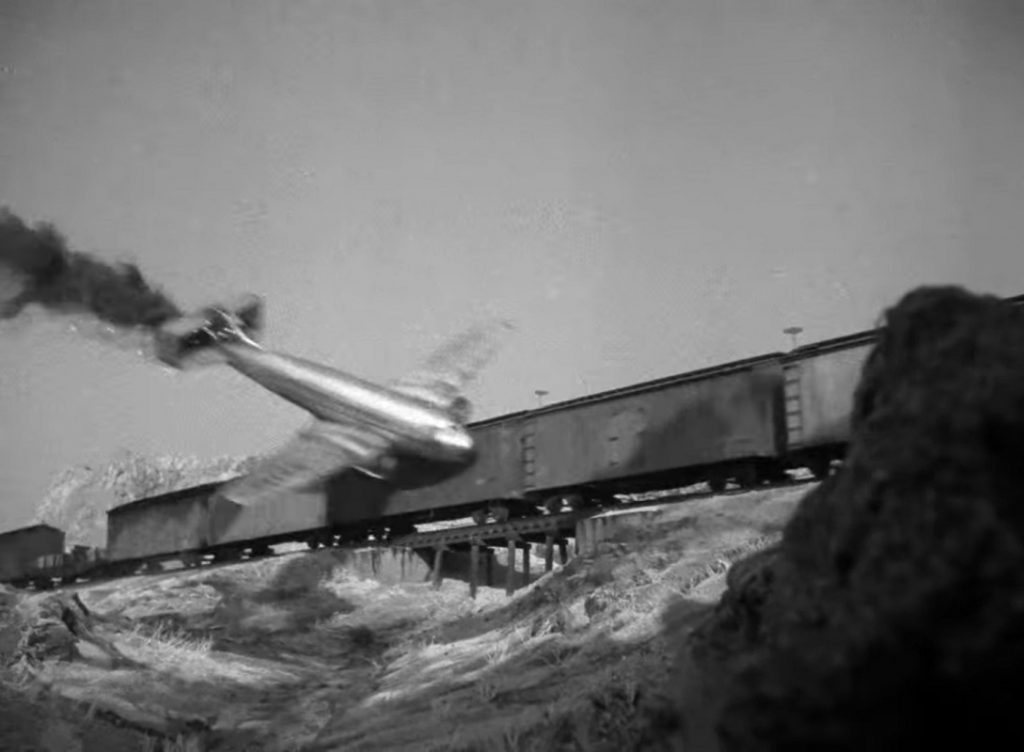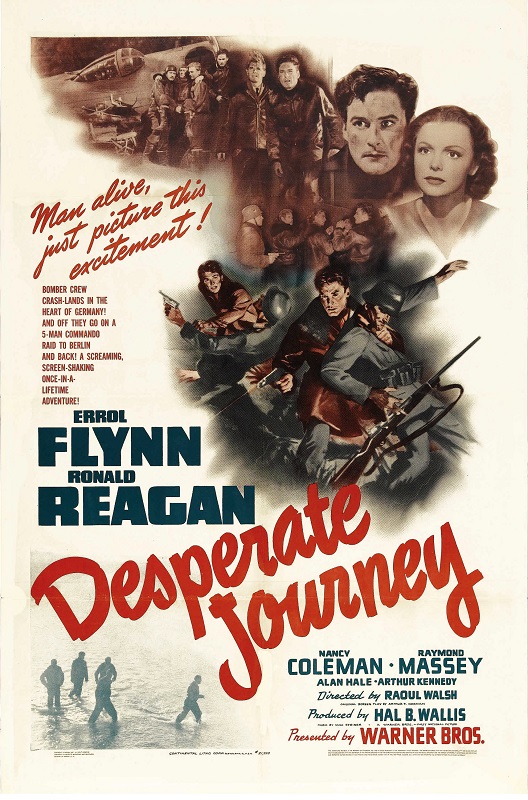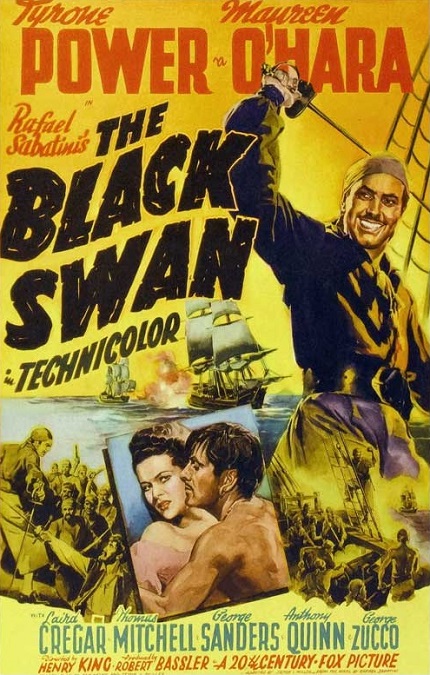



Jungle Book – 1942

The Special effects for The Jungle Book weren’t that bad, but I wouldn’t exactly call them great either. The movie was visually dazzling, but I think that it was mostly due to the production design. The visual effects relied on several things that, to be honest, were passable, but not perfect.
For example, one thing that this movie had, which other movies rarely used, was animatronics. It was both the genius and the failing of the effect. You see, director, Zoltan Korda, decided to use real animals in the wide shots, and either mechanical or stuffed animals in the close-up shots in which Mowgli had interactions with them. Sometimes it worked and sometimes it didn’t.
Within the hidden treasure room, a real snake is shown slithering into the scene. Then, a mechanical snake is shown talking to the actors. That one was done well enough, though a critical eye can still see the difference between the two. But later, a real Shere Khan is shown chasing Mowgli. However, when they are fighting in the river, the stiff and motionless stuffed tiger looked really fake. Another poorly done animal that caught my attention was the crocodile. Its mechanical movements were clunky, especially when it opened its mouth.
But when it comes down to it, I have to applaud the film for its use of animatronics. They were unique for movies of the time, and they weren’t all badly done. The python, Kaa, was done well enough, though even he looked clunky and stiff, at least when he was on land. He looked better once they got him into the water. There was a cool shot or two in the river during Mowgli’s fight with Shere Khan, when Kaa reared his head and hissed at the combatants.
And then there were the matte paintings. Yes, they were beautiful and colorful, making great use of the Technicolor in which the movie was filmed. But some of them looked too much like paintings. It was like the actors were walking through a cartoon. I would have liked it to look more realistic, though I suppose you could say that its un-realism may have added to the fantasy of the story.
And then I come to the movie’s climax. When the villain sets the jungle on fire, there were several things that were done incredibly well. First, they obviously set some real trees on fire. A few of those shots were really spectacular. And then they composited some raging flames to consume the ancient temple. Again, these shots were visually stunning. There was smoke and fire, and live animals running through the flames. I really have no complaints about the sequence.
All in all, the special effects for this movie were done pretty well. It was a fantasy, giving the effects artists and the production design team a chance to stretch themselves. But I can’t help looking at the movie through my modern eyes. The animatronic effects may have been impressive back in the 1940s, but I can’t help thinking that, even then, they must have been capable of better realism.






































